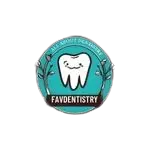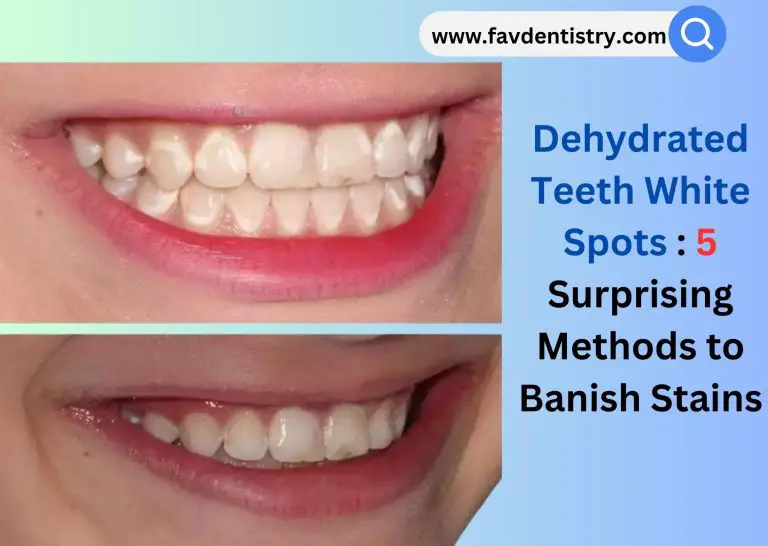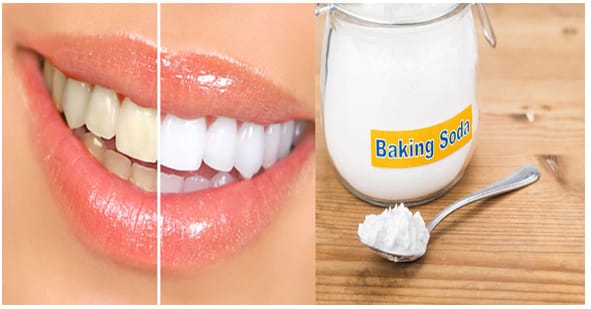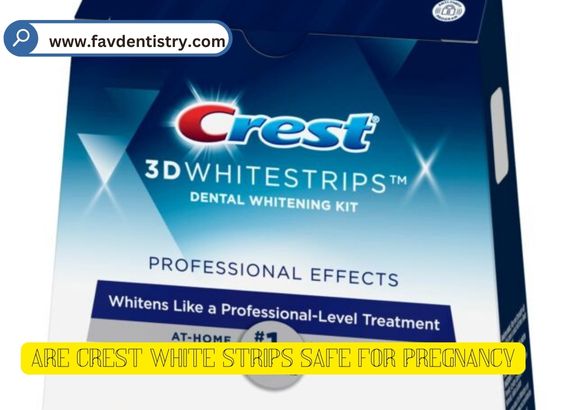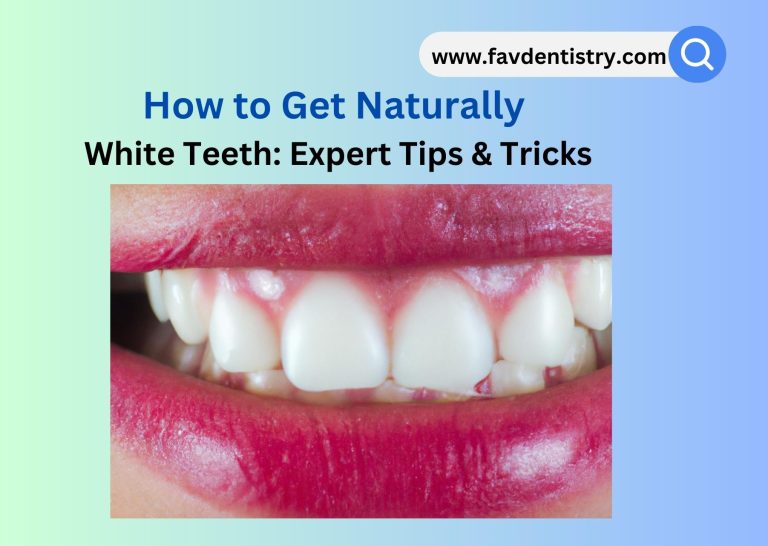Last Updated on 5 days by DR. ALBIN SIPES
Gaps in teeth after deep cleaning may be caused by gum recession or loss of supporting bone. However, with proper dental care and maintenance, these gaps can be minimized or even eliminated.
Deep cleaning is called scaling and needs root planning. Your dentist or dental hygienist will remove plaque and tartar buildup below the gumline. While deep cleaning can help improve oral health, it may also result in gaps between teeth, mainly if gum recession or bone loss occurs.
Gum recession happens when the gum tissue pulls away from the tooth, exposing the roots and creating spaces between the teeth. It is caused by unhealthy oral hygiene, gum disease, or aggressive brushing. Additionally, if there is underlying bone loss, the support for the teeth may be compromised, leading to gaps. It is vital to address these gaps to prevent further complications. It can be done through various dental treatments, such as orthodontics (braces or aligners), to close the gaps. Gaps in teeth can occur after deep cleaning due to gum recession or bone loss. However, proper dental care and appropriate treatment can reduce or eliminate these gaps, restoring a healthy and confident smile.
Understanding The Causes Of Gaps
Several factors cause Gaps in teeth after deep cleaning. Poor oral hygiene, including infrequent brushing and flossing, can cause gum disease. Gum disease causes inflammation and infection, which is the reason for the loss of gum tissue and bone support for the teeth.
This loss of support can cause the teeth to shift, creating gaps. Additionally, tooth shifting can occur naturally in their lifespan as we age and our teeth gradually move. We know visiting the dentist regularly and maintaining good oral hygiene is hard. But It’s important.
Keeping your teeth and gums healthy can minimize the risks of gaps and maintain a beautiful, confident smile.
The Role Of Deep Cleaning In Gap Formation
Deep cleaning plays a crucial role in the formation of gaps in teeth. Plaque and tartar removal is the primary objective of this procedure. By eliminating built-up plaque and tartar, deep cleaning significantly improves gum health. It removes the harmful bacteria that can lead to gum disease and eventual tooth loss.
The process involves thoroughly cleaning the teeth, including the areas below the gum line. However, it is essential to note that deep cleaning may cause temporary gaps or spaces between teeth. These gaps are usually a result of the removal of plaque and tartar that can accumulate between teeth.
The good news is that these gaps are generally temporary and can be resolved through proper oral hygiene and regular dental visits. Remember that deep cleaning is an essential preventative measure for maintaining healthy teeth and gums.
Orthodontic Solutions
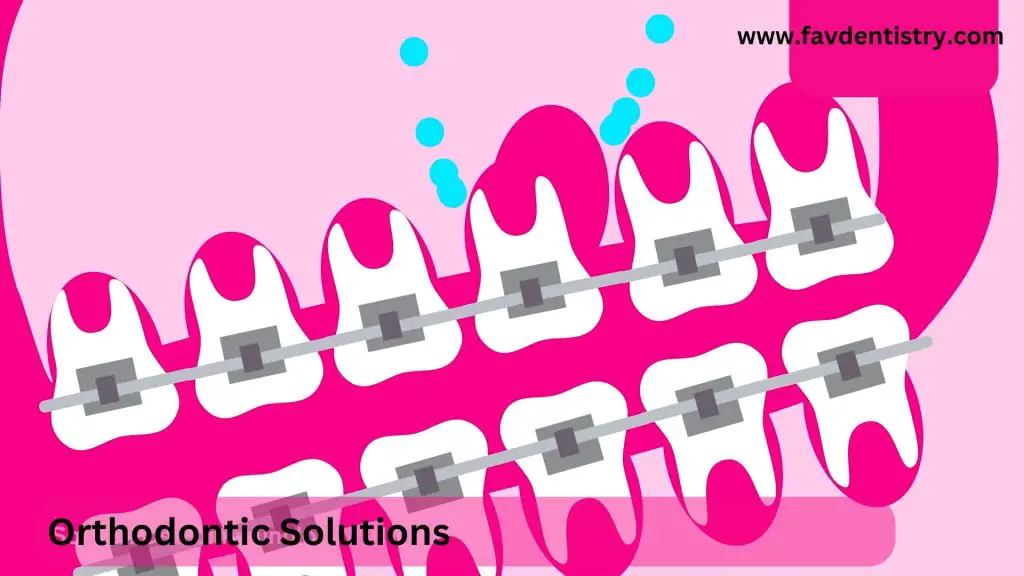
After undergoing deep cleaning, you may notice gaps in your teeth. Fortunately, orthodontic solutions exist to correct this issue. Braces, clear aligners, and retainers are all options worth considering. Braces gradually shift teeth into alignment using metal brackets and wires.
On the other hand, clear aligners are transparent trays that can be easily removed. Lastly, retainers help maintain the correct positioning of teeth after orthodontic treatment. For a better solution, you can contact an orthodontist to determine the most suitable solution for your specific needs.
By addressing the gaps in your teeth, you can achieve a more confident and aesthetically pleasing smile. So don’t hesitate to explore the orthodontic options available and take the necessary steps toward enhancing your dental appearance.
Cosmetic Dentistry Procedures
Deep cleaning of teeth can sometimes result in gaps between the teeth. These gaps can be addressed through cosmetic dentistry procedures. Dental bonding is one procedure where a tooth-colored resin material is applied to fill the gaps. It improves the appearance of the teeth.
Another option is dental veneers, thin shells made of porcelain or composite material bonded to the front of the teeth to cover up the gaps. But sometimes dentists suggest implants to replace missing teeth and fill in the gaps.
These procedures offer practical solutions for individuals looking to enhance their smile and regain confidence. Consultation with a dentist is essential to determine the most suitable method for addressing gaps in teeth after deep cleaning.
Maintaining Results Through Good Oral Hygiene
After deep cleaning, it is common to notice gaps in your teeth. Regular brushing and flossing can remove plaque buildup and gum disease. Dental check-ups and cleanings should be scheduled routinely to ensure optimal oral health.
It is also important to consider lifestyle factors, such as a balanced diet and avoiding habits like smoking, which can negatively impact dental health. By following these guidelines, you can help prevent the reoccurrence of gaps in your teeth and enjoy a healthy, confident smile.
Early Intervention And Treatment Of Gum Disease
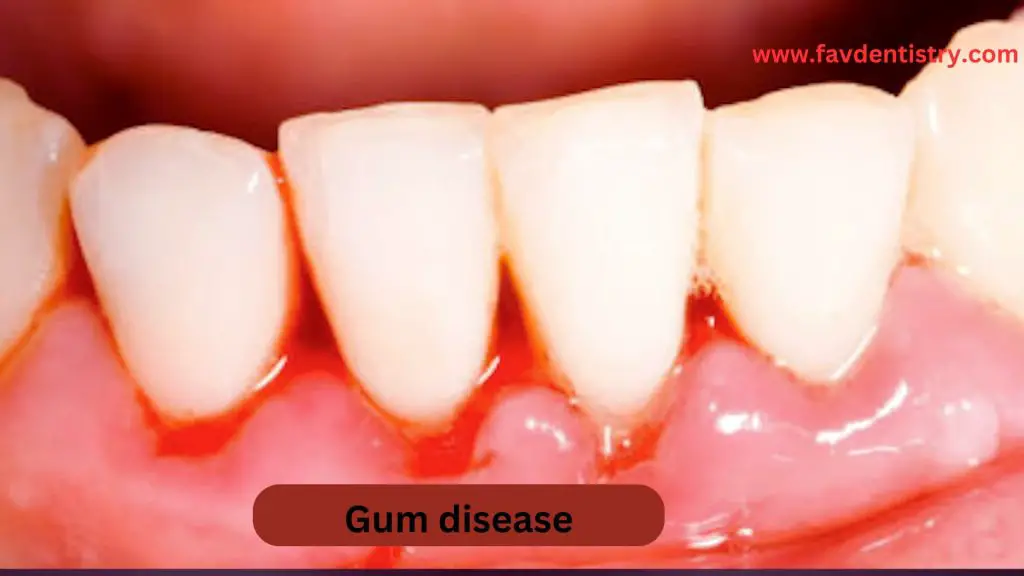
Early intervention and prompt dental care are crucial when recognizing the signs of gum disease. Seeking timely treatment can prevent the development of deeper issues. After a deep cleaning, some patients may notice gaps in their teeth.
It’s often due to removing plaque and tartar buildup that previously filled those spaces. Although it can be concerning, these gaps usually close over time as the gums heal and tighten. However, in some cases, additional dental procedures may be necessary to restore the appearance of the teeth thoroughly.
Consult a dentist who can assess and provide appropriate guidance and treatment options based on individual needs. Proactive care can maintain good gum health and prevent further complications.
Consistent Oral Hygiene Practices
Maintaining consistent oral hygiene practices is critical to preventing gaps in teeth after deep cleaning. Proper brushing technique, using short, gentle strokes, helps remove plaque effectively. Flossing helps reach areas between teeth that a toothbrush cannot reach, preventing plaque buildup.
Additionally, using mouthwash can further reduce bacteria in the mouth. It is important to avoid overusing commonly overused words and phrases, as they can make the writing repetitive and less engaging. Instead, vary the beginning of paragraphs to keep the reader’s interest.
Follow these guidelines to maintain a healthy smile and prevent gaps in teeth after deep cleaning without any hassle.
Regular Dental Check-Ups And Cleanings
You need to check your teeth every six months. These visits help identify potential issues before they become significant problems. Professional maintenance plays a crucial role in preventing gaps in teeth after deep cleaning. It allows dentists to assess the overall condition of your teeth and gums.
Neglecting these check-ups and cleanings can lead to more significant dental issues. So, prioritize your dental appointments and follow your dentist’s recommendations for proper oral hygiene.
Your teeth will thank you for it!
Lifestyle Habits That Affect Dental Health
Lifestyle habits do not mainly impact our oral health. Smoking and tobacco can have some effects on teeth and gums. These lifestyle habits increase the risk of oral health problems and can contribute to developing gaps in teeth.
No smoking and avoiding tobacco products can help prevent these issues. Food is rich in vitamins, and minerals are crucial for strong teeth and gums. Poor nutrition, particularly a diet of high sugar and too many carbohydrates can lead to tooth decay and gum disease.
Keep healthy fruits, vegetables, lean proteins, and whole grains in your diet. It promotes oral health and reduces the likelihood of experiencing gaps in teeth after deep cleaning.
Wearing Retainers As Advised
Gaps in teeth after deep cleaning can be effectively managed by wearing retainers as advised. Compliance with retainer usage is of utmost importance to ensure long-term benefits. Retainers are crucial in aligning teeth and preventing shifting or spacing issues.
Regular and consistent wear of retainers helps maintain the results achieved through deep cleaning. By wearing retainers as recommended, individuals can avoid the potential reoccurrence of gaps and maintain a healthy and beautiful smile. Not only does compliance with retainer usage enhance the overall effectiveness of deep cleaning, but it also ensures the preservation of the desired outcome.
Thus, it is vital to follow the guidance provided by dental professionals and prioritize the proper usage of retainers to enjoy lasting oral health benefits.
Frequently Asked Questions For Gaps In Teeth After Deep Cleaning
Can Deep Cleaning Cause Gaps In Teeth?
Deep cleaning itself does not cause gaps in teeth. However, gum disease can cause tooth loss, resulting in cracks. Regular dental check-ups and oral hygiene can help prevent gum disease and maintain healthy teeth.
How Long Does It Take For Gaps In Teeth To Close After Deep Cleaning?
The time it takes for gaps in teeth to close after deep cleaning varies depending on the individual. Generally, it can take a few weeks to several months for the gums to heal and the gaps to close. Maintaining good oral hygiene and following the dentist’s recommendations can promote faster healing.
Are Gaps In Teeth After Deep Cleaning Permanent?
Gaps in teeth after deep cleaning are usually not permanent. Deep cleaning aims to remove tartar and bacteria from the gums, allowing them to heal. The gums can heal with proper oral care and regular dental check-ups, and the gaps can close over time.
Conclusion
After undergoing a deep cleaning procedure, it is not uncommon to notice gaps in your teeth. While this may initially cause concern, it is essential to understand that this is a natural and temporary occurrence.
This thorough cleaning process can create gaps between the teeth as the accumulated debris is removed. However, these gaps typically close over time as the gums heal and the tissues tighten.
If you notice persistent gaps or have any concerns, it is advisable to consult with your dentist for further evaluation and guidance. Patience and good oral care are crucial to achieving a healthy and beautiful smile.
